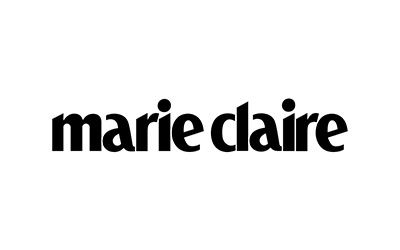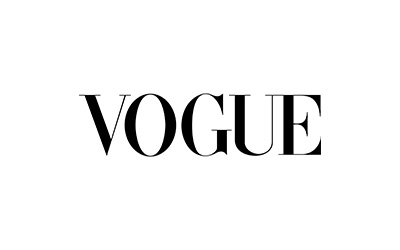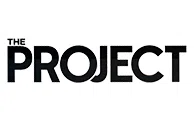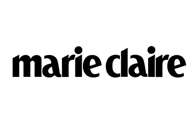Scars
What can be achieved?
The goal of any scar is to be placed in a natural skin crease and to heal with minimal visibility. Unfortunately some scars do not heal well due to technical and local factors. Scars may be in an obvious location, may be too tight and worse hypertrophic or keloid in nature.
As part of Artiste Plastic Surgery commitment to minimal scarring and expert care Dr Jack Zoumaras will tailor a scar management program specific for your incision and monitor this to you achieve a minimal fine line scar.
At Artiste Plastic Surgery scars can be improved with the following techniques:
- Injection of Steroid
- Taping and Silicone gel
- Simple scar revision with re-excision and suturing
- Z-plasty
- W-plasty
- Flap repair
- Dermabrasion
- Laser
FAQs
Burn scars cause both cosmetic and functional deformity and are a burden on patients after the acute trauma of the initial burn. Most of the information we have on scar management has evolved from studies in burns.
After the burn scars have matured the following options are available:
- Excision and re-grafting (Sheet grafts)
- Z-plasty
- Local-regional flaps
- Tissue Expansion
- Free flaps
Multiple types of treatments are required to minimize the appearance of such scars. This includes steroid injection, scar revision, scar excision, pressure and in some cases radiotherapy. More than one modality needs to be used to get any results and patience is the key.
A scar that grows beyond the initial locations of its placement, there is a genetic basis for keloid scars.
A scar that is wide, raised and red.
Immediately following wound healing, a scar is usually red in appearance and is referred to as an immature scar. Between 3 months and 2 years the scar should become paler, flatter and softer and can then be referred to as a ‘mature’ scar.
To help your scar mature it is recommended that you massage and moisturise your scar. Scars that remain red, wide and grow require intervention. This intervention is massage, taping and use of silicone and invasive methods.
As Seen On






"*" indicates required fields








